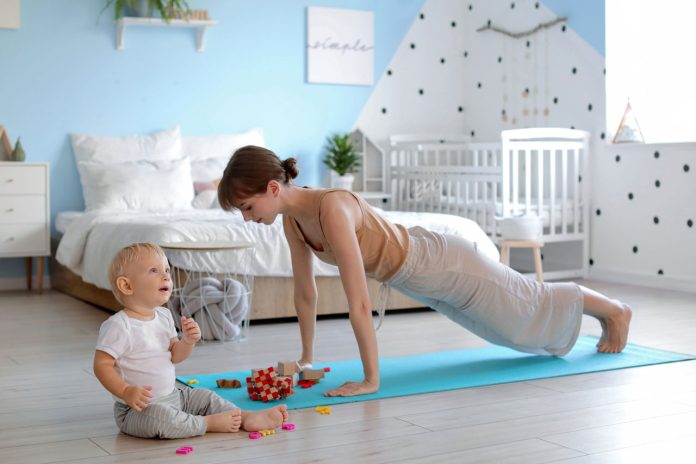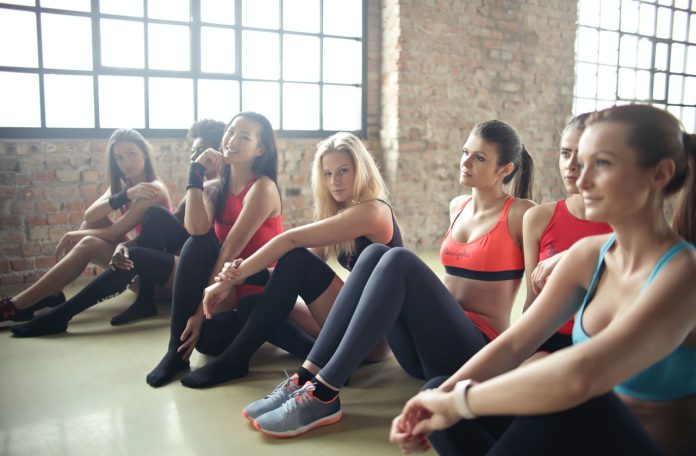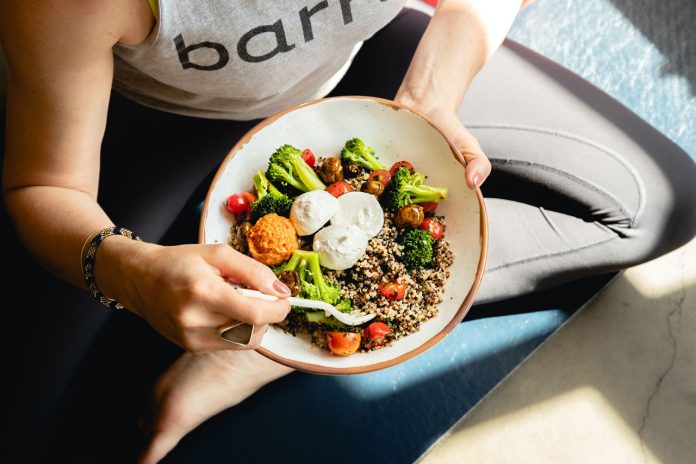Yoga is an amazing activity that can improve your fitness, flexibility, balance, and mental well-being. While taking studio classes is ideal for hands-on guidance, it’s absolutely possible to begin a regular yoga practice in the comfort of your own home. With some basic props, space in your living room, and a beginner-friendly routine, you can start tapping into yoga’s incredible benefits. Follow these tips to create an engaging home yoga practice.
Table of Contents
You may also want to know: How to Start a Yoga Practice
Setting Up Your Home Yoga Space
To create an ideal space for yoga at home:
- Choose a quiet, tranquil area without distractions and noise. Bedrooms or family rooms often work well.
- Ensure you have enough open floor space to fully extend your arms and legs during poses. Clear any furniture or objects.
- Place a non-slip yoga mat down for cushioning and traction. A 5mm thick mat is recommended.
- Face a window if possible so plenty of fresh air and natural sunlight can invigorate your practice.
- Have blocks, straps, blankets, or bolsters on hand to aid with alignment and support.
- Optional: Decorate your space with calming elements like plants, candles, or inspiring wall hangings.
Even just a 6×4 foot clear area on your mat is enough space to practice beginner yoga effectively. Ensure pets or children won’t interrupt your home practice. Aim for privacy and being present.
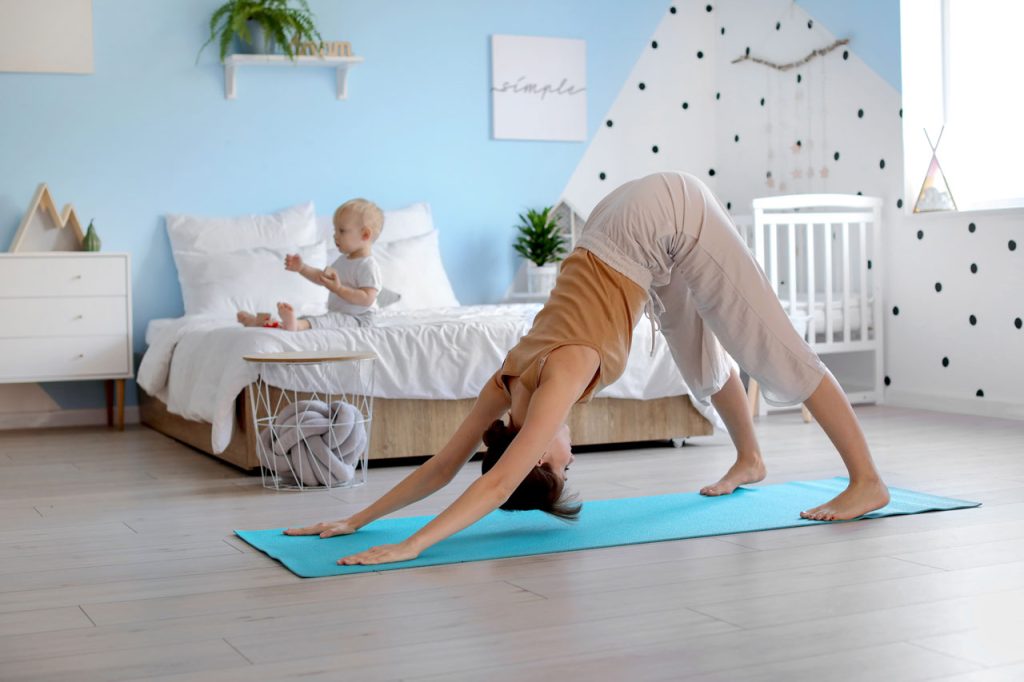
Structuring Your Home Yoga Sessions
When first starting out, follow these tips to find success with at-home yoga:
- Follow beginner-level yoga videos on YouTube or yoga apps to learn the proper form of foundational poses. Verify instructor credentials.
- Start with just 10-15 minutes per session as you build strength, balance, and stamina over time.
- Practice 3-4 days per week consistently. Daily practice is not essential. Listen to your body.
- Focus on smooth, controlled breaths coordinated with flowing movements. Let breathing guide your pace.
- Use modifications like bending knees or shortening the range of motion to make poses accessible. No straining.
- Close your eyes during balances and inversions to minimize distractions and deepen your focus.
- End each session with 5-10 minutes of Savasana relaxation.
Even short home yoga sessions of 20-30 minutes provide powerful benefits for the mind and body when done regularly. Set yourself up for success starting out by keeping practices brief and suitable for beginners.
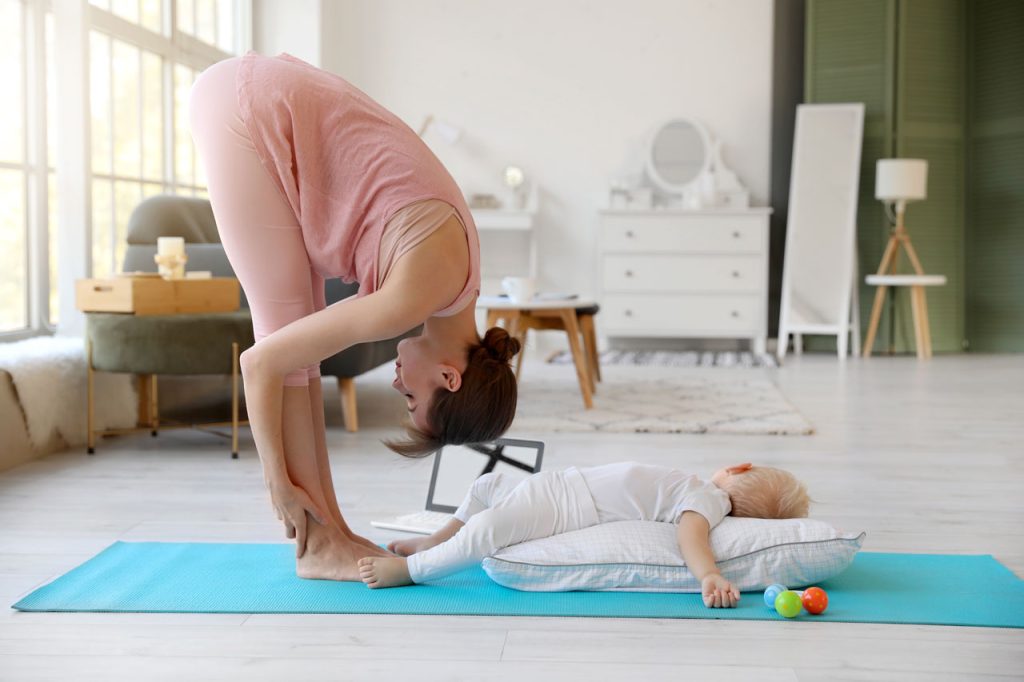
Essential Yoga Poses for Beginners
When first establishing a home yoga routine, master these widely-used beginner poses:
- Cat/Cow – On all fours, arch and round spine
- Downward-Facing Dog – Inverted V shape on hands and feet
- Forward Fold – Hinge at hips and hang arms + head
- Low Lunge – Back knee down, front knee bent 90 degrees
- Tree Pose – Balance on one foot with the other foot on the thigh
- Bridge Pose – Lift hips up, chest towards the ceiling
- Child’s Pose – Sit back on heels, head down on the floor
- Legs Up the Wall – Supine with legs straight up
- Warrior I – Lunge with arms straight overhead
- Seated Twist – Rotate torso, look behind over the shoulder
Focus on proper alignment, make modifications as needed, and build up slowly holding poses longer. Simple beginner sequences can flow through 5-10 of these foundational poses linked with smooth breathing.
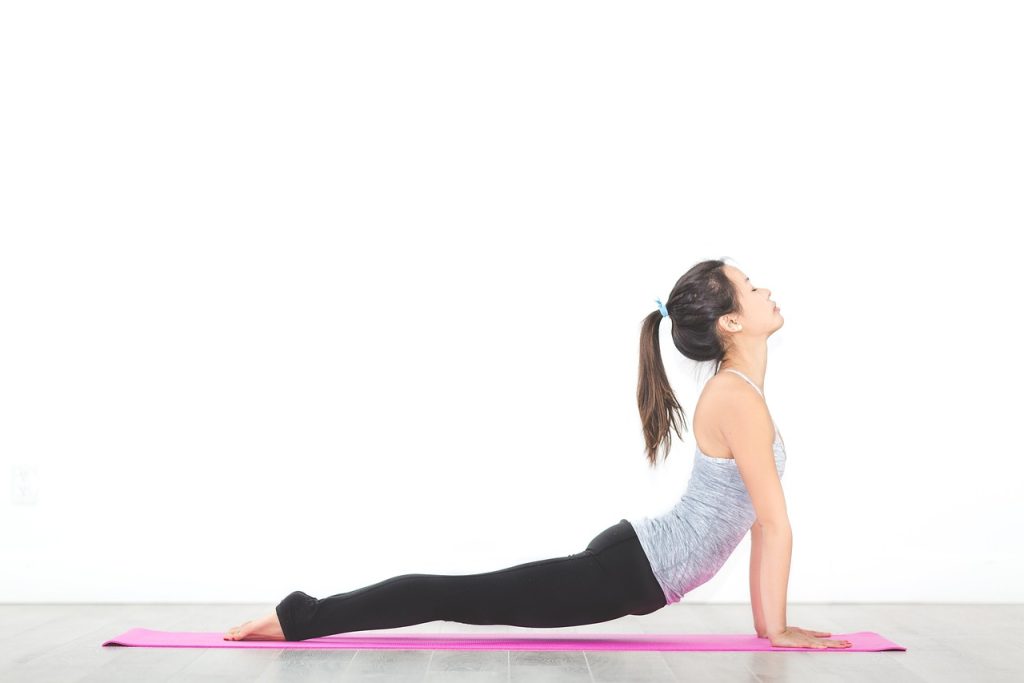
Home Yoga Tips and Modifications
Adapt your home yoga practice using these tips:
- Books or blocks under the hands make plank and lunge pose more wrist-friendly.
- Fold blankets to pad bony areas like hips, knees, or ankles for extra cushioning in poses.
- Use a strap around your feet or arms to keep your limbs supported in stretches just shy of your flexibility.
- Place hands on a wall for balance assistance instead of free-floating.
- Skip inversions if you have balance limitations or medical conditions.
- Rest in a child’s pose anytime a stretch doesn’t feel right. Never force or strain.
- Place a bolster vertically to support your back during seated folds or twists.
Listening to your body and allowing modifications will let you practice yoga safely at home as a beginner. Have fun exploring beginner poses and sequences!
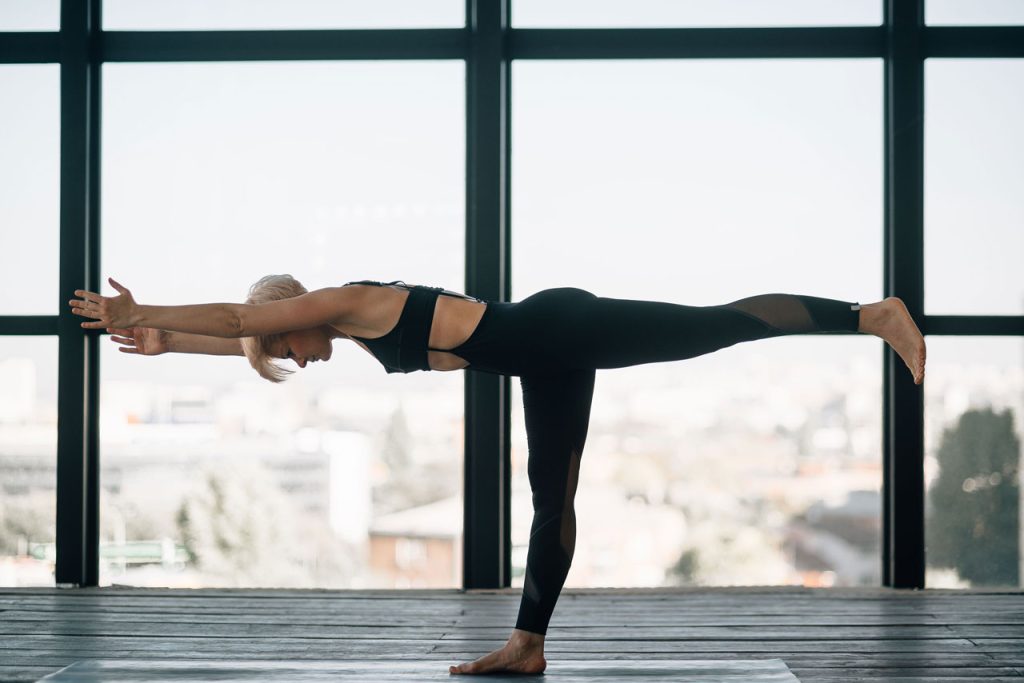
Yoga Props to Enhance Your Home Practice
Over time, consider investing in these useful yoga props to amplify your home practice:
Yoga Blocks – Offer height and support in poses like lunges, allowing easier alignment. Durable foam or cork.
Yoga Straps – Enable reaching poses your hands can’t quite reach alone yet. Sturdy cotton straps with buckles.
Yoga Bolsters – Plush cylindrical or rectangular pillows that support the body in restorative poses.
Yoga Wheels – Circular wheels help open the upper back and stretch the front of the body gently.
Meditation Cushion – Rounded zafu cushions provide comfort and lift for cross-legged seated positions.
Yoga Sandbags – Filled small bags can weigh down areas like thighs or feet during poses.
Resistance Bands – Add intensity to strength-building poses by using loop bands for added resistance.
Getting started practicing yoga at home is straightforward with some basic know-how. Be sure to listen to your body, focus on your breath, and stay present. The sense of accomplishment from showing up regularly on your mat will keep you motivated. Let yoga brighten each day!
Related Links:


